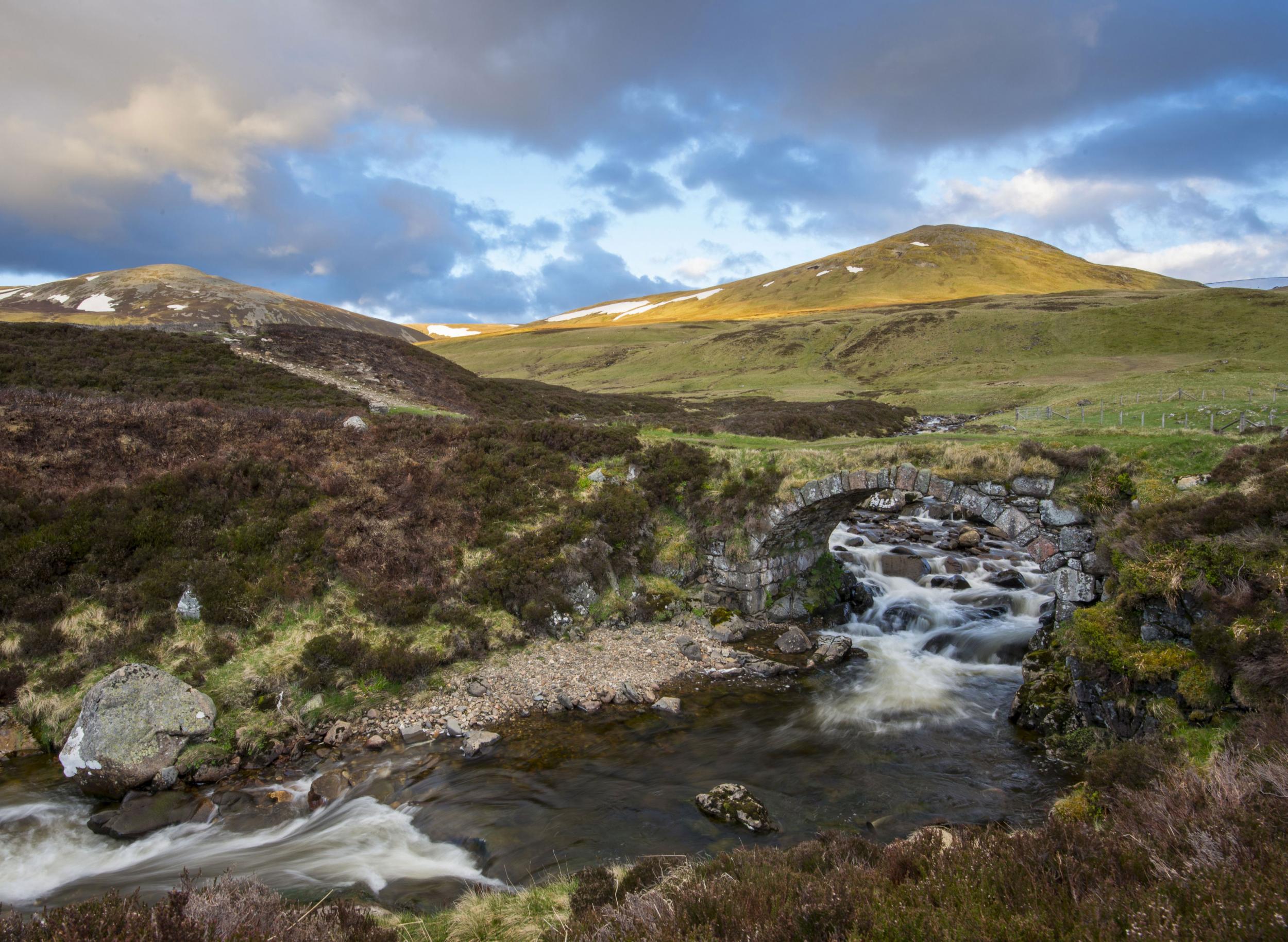Gamekeepers’ fury at plan to cull thousands of deer and plant millions of trees in UK’s largest national park
Plans to boost biodiversity and tackle climate crisis in Scotland’s Cairngorms National Park risk livelihoods, opposition groups say

A five-year plan to significantly reduce deer numbers and regenerate lost woodlands in the Scottish Highlands has sparked anger and protests among gamekeepers and shepherds.
The proposals by the Cairngorms National Park Authority aim to make significant changes to the park, which is the largest national park in the UK, with a focus on tackling the climate crisis and biodiversity loss.
This includes the restoration of 35,000 hectares of woodland, new licensing systems for shooting estates, and culls of deer to bring numbers down to “sustainable levels”.
The protests, partly coordinated by the Grampian Moorland Group, which represents the owners and staff of several shooting estates in the national park, include an online petition and encourage people to raise their concerns with their members of parliament.
A major sticking point is a proposed reduction in deer numbers. Without any natural predators and with shooting estates charging tourists large sums to hunt on their land, numbers of deer in Scotland have exploded.

This has happened even in the last few decades, with numbers of all four species of deer in Scotland – red, fallow, roe and sika – rising from around half a million in 1990 to more than a million by 2020.
Deer are voracious consumers of seedlings, and prevent new trees from growing. Just one per cent of the Caledonian Forest, which once covered swathes of the Highlands, remains. This is largely due to centuries of tree felling for timber and farmland, but the deer-stalking industry has long been accused of maintaining artificially high numbers of deer for shooting, at the expense of the regeneration of the natural environment.
Around 40 estates fall into the Cairngorms National Park’s boundaries, however, and there are fears the new plans will result in job losses.
The Scottish Gamekeepers Association told The Independent that according to their calculations the plans could result in “a worst case scenario” in which new culls could result in more than 50 per cent of the deer in the national park being killed over the next five years.
The consultation on the plans, which are yet to be finalised and sent to ministers for final approval, resulted in a record response with more than 1,400 people giving their opinion to the park authority.
The authority said that “on the Nature section of the plan [which includes the cull targets and woodland regeneration], 75 per cent of respondents agreed with the overall outcomes proposed”.

Grant Moir, the chief executive of the Cairngorms National Park Authority, said: “As always with a document of this nature, there will be a range of opinions on both sides of a number of issues and our job as a park authority is to listen to all sides of the argument and take a considered view of the best way forward, in line with the founding principles of the national park and the policy priorities of Scottish government.
“Whilst it is too early to say what the final changes to the plan will look like, the views of all respondents are being considered. We are grateful to all the people who took the time to respond to the consultation, including over 50 per cent of responses from people in the park and over 10 per cent of responses from land managers. This gives us an excellent picture of peoples priorities."
He added: “Specifically on the management of red deer in open range, this is an important issue for the Cairngorms National Park. Red deer counts were carried out across the park last month and we are analysing that information at present. What it initially shows is that there are approximately 30,000 red deer in the open range and that many areas of the park are already in line with the proposed target – however, there remains significant areas that are substantially above.
“The intent is to work with deer management groups that are significantly above the proposed target over the coming years, to reduce red deer impacts by 2030 to allow for peatland restoration, woodland expansion and heather recovery in these areas to tackle the twin biodiversity and climate crisis whilst supporting jobs in the sector.”
In addition to fears over the impacts a major deer cull may have on livelihoods for those involved in the stalking industry, another issue raised by gamekeepers has been how the culls will be carried out, with concerns about all-year-round shooting and night shooting, which could have public safety implications.
Scottish Gamekeepers Association Chairman, Alex Hogg, MBE, told The Independent: “We need to speak to the Cairngorms National Park Board to get into the detail of how they plan to instigate these culls. Are they happy to see certain practices normalised across the Park which the public, if they knew about it, would seriously question?
“Deer need to be managed. Our members have managed more deer, humanely, than anyone else. This benefits the deer themselves, keeps people in jobs, promotes healthy venison and protects habitats. However, our members don’t want to see deer managed cheaply, with poor welfare standards and at breakneck speed, just to meet a moving target.”
Join our commenting forum
Join thought-provoking conversations, follow other Independent readers and see their replies
0Comments